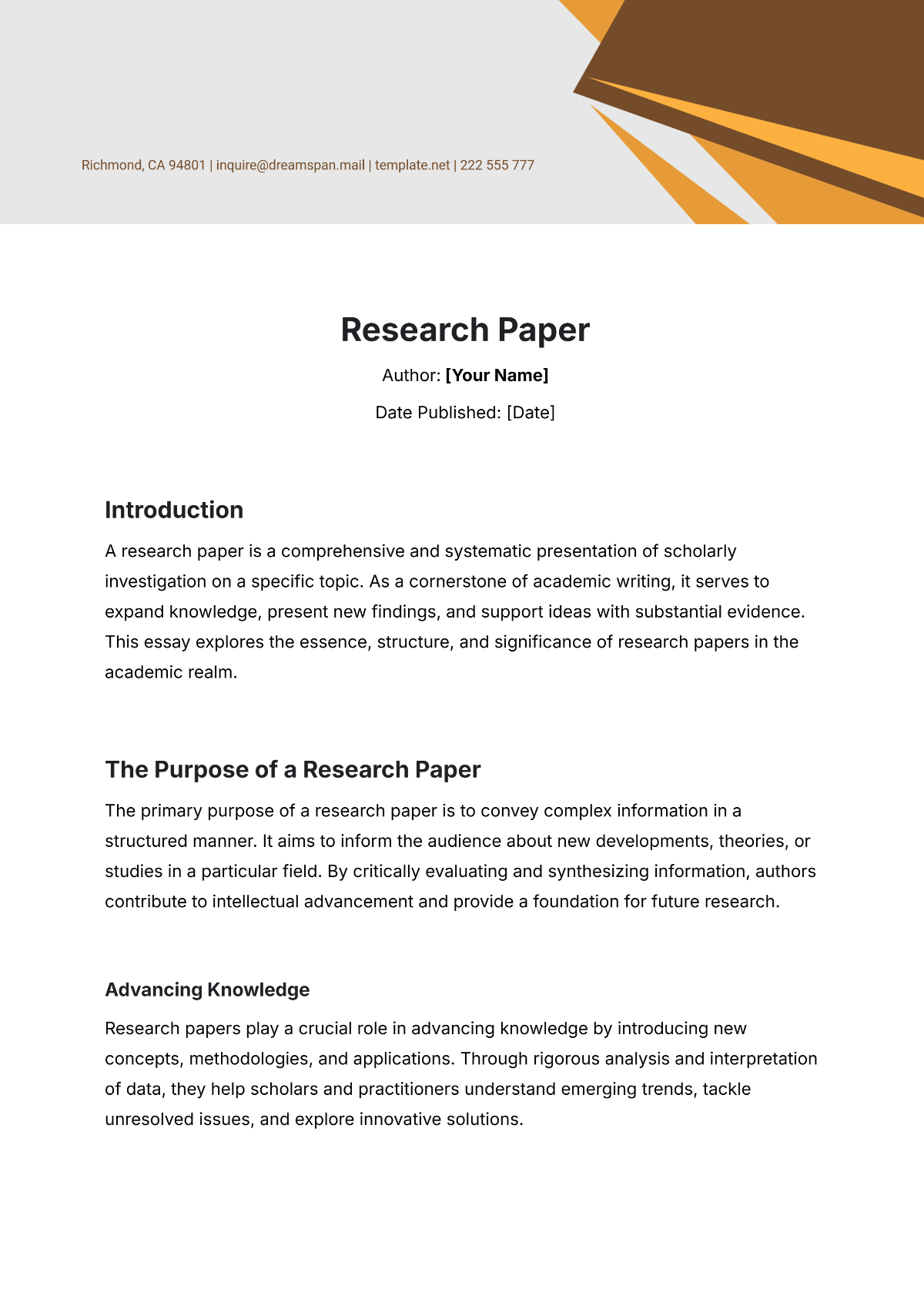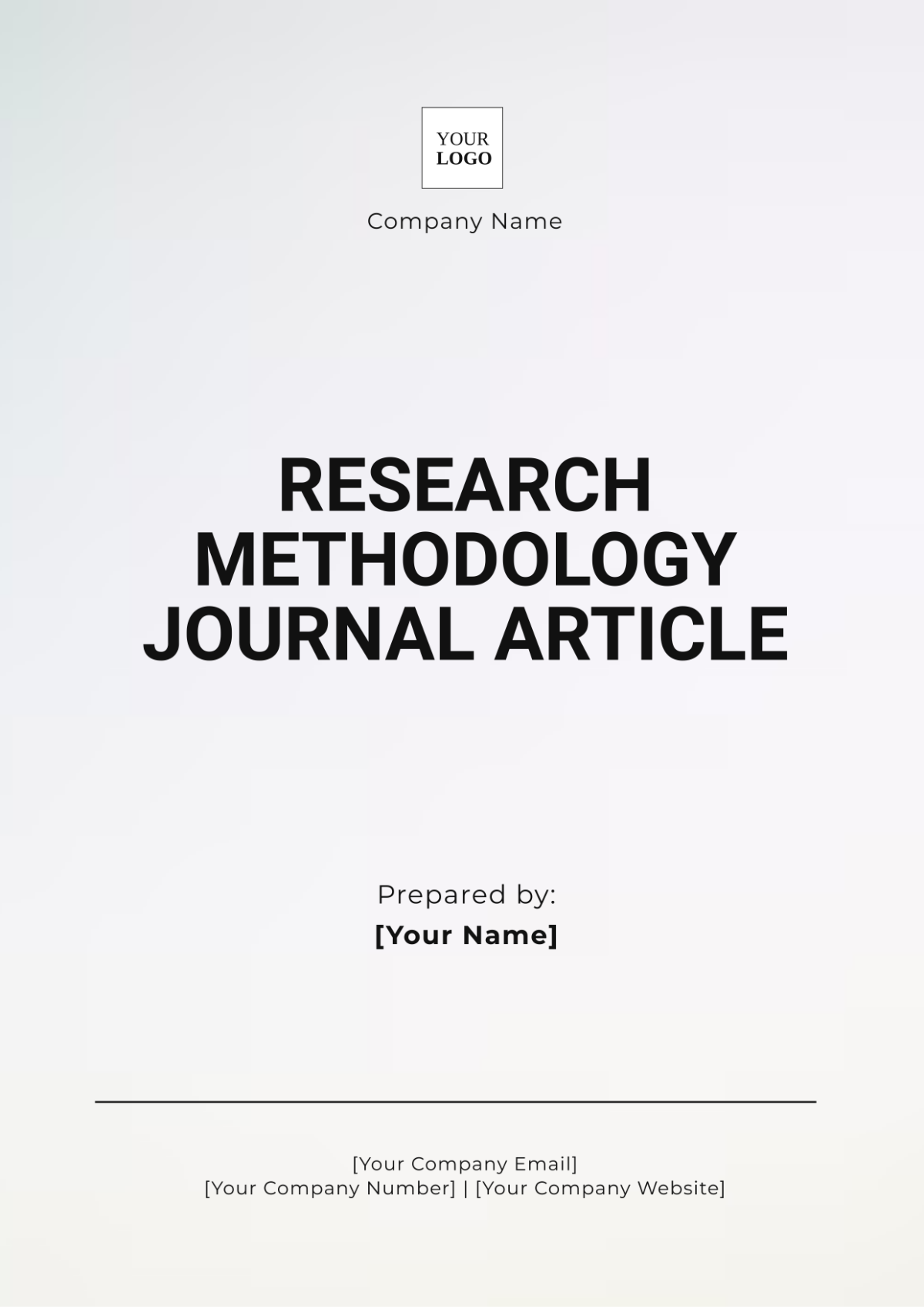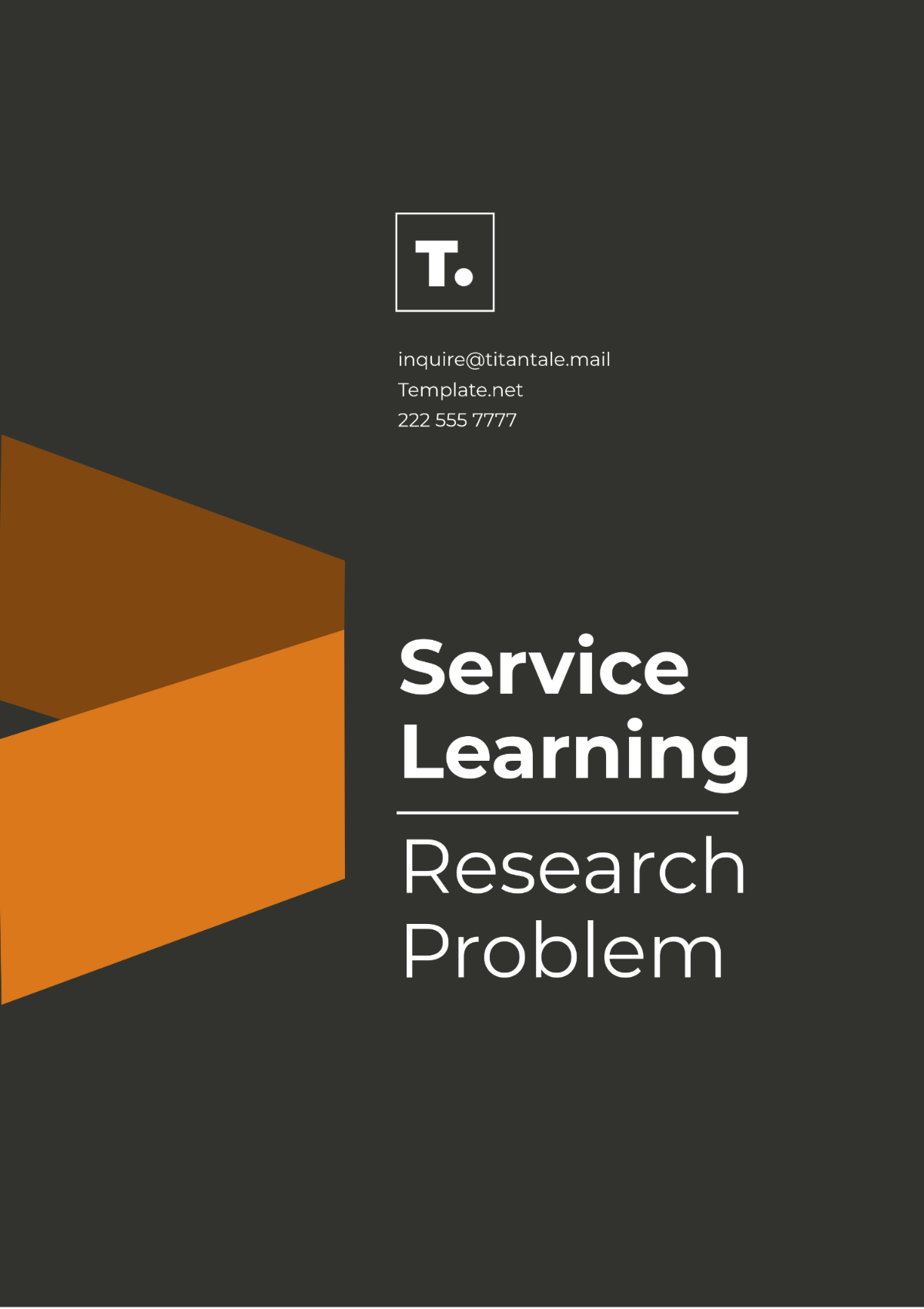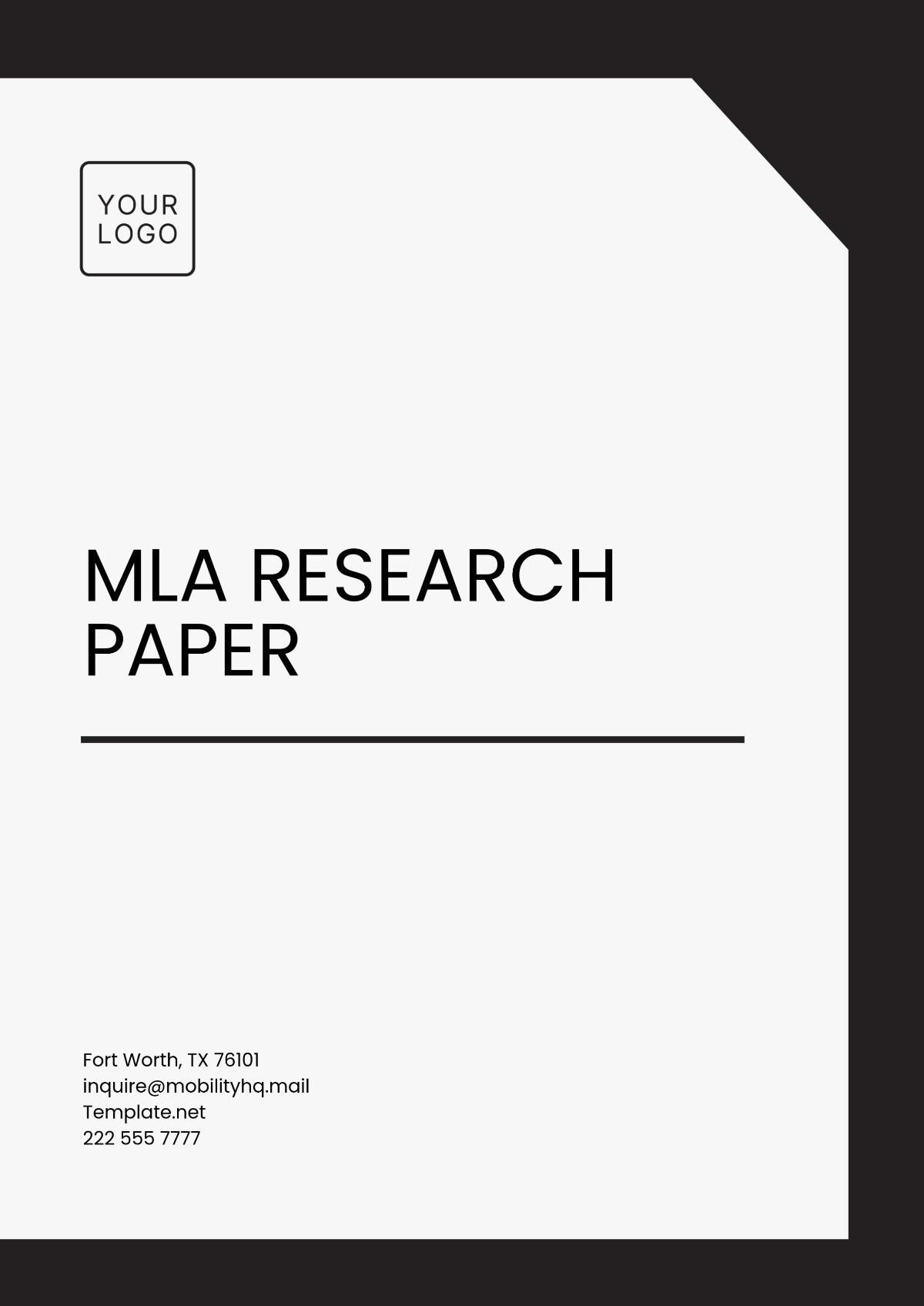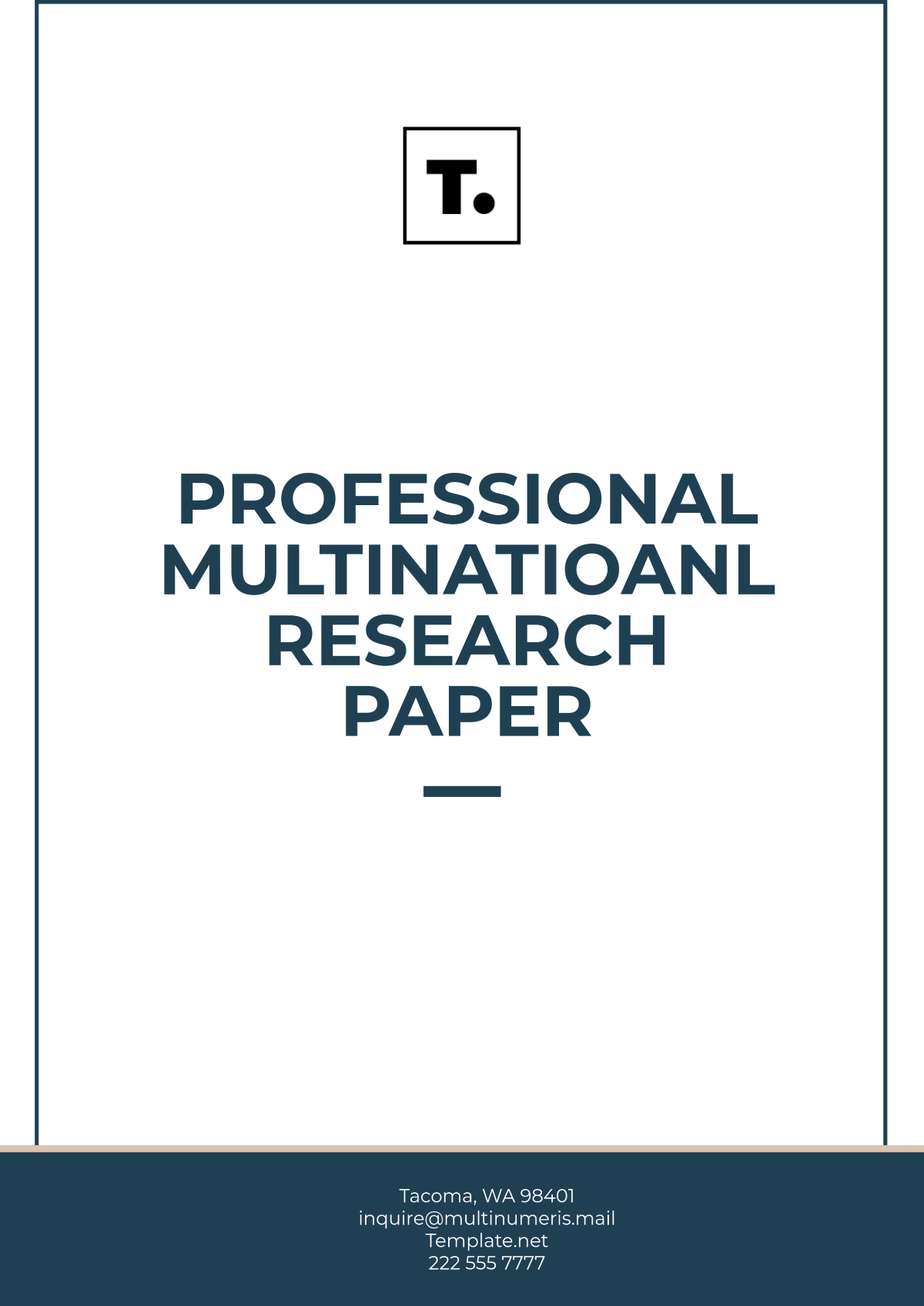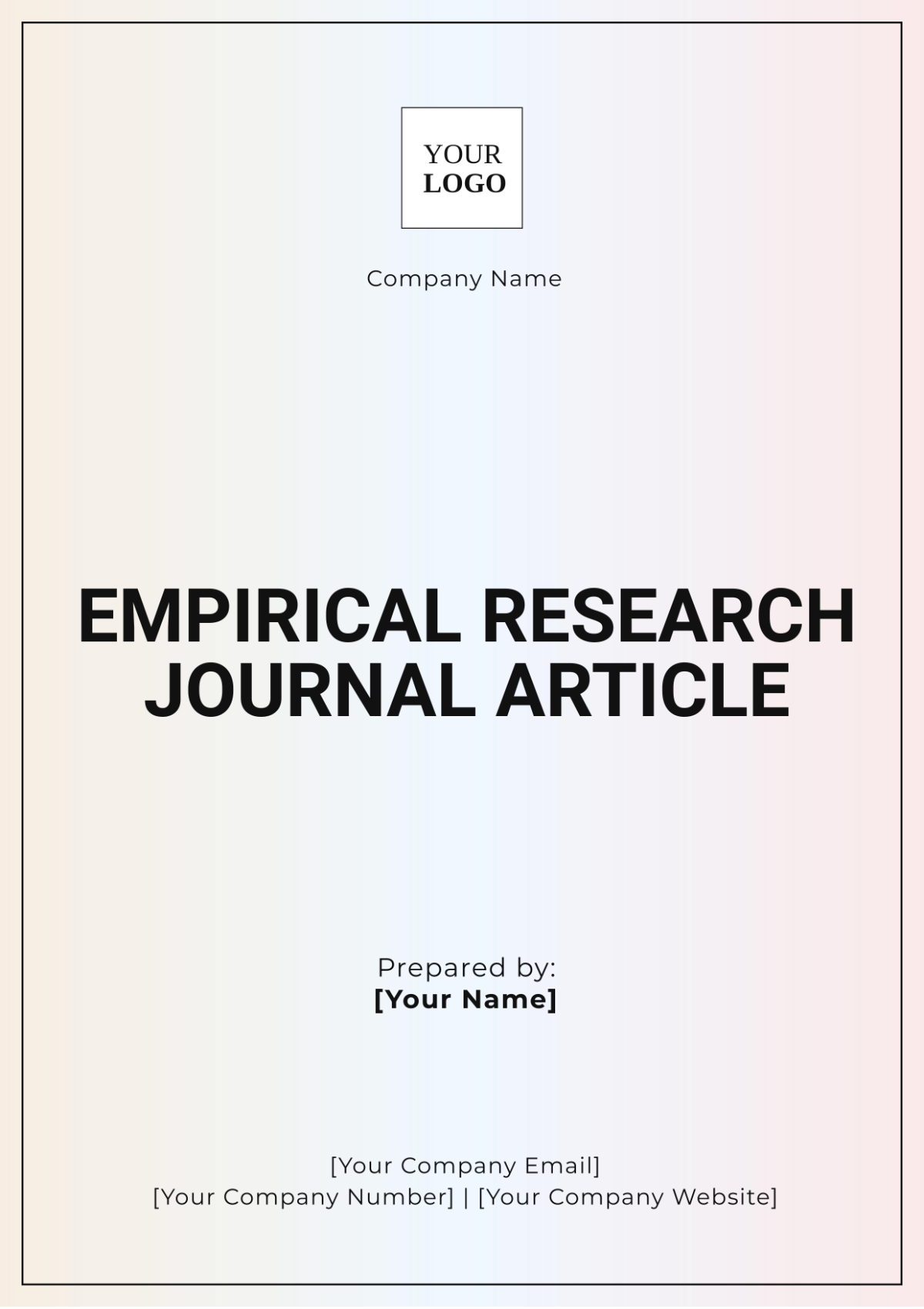Diverse Learning Styles Action Research
Prepared by: [YOUR NAME]
Date: [DATE]
I. Introduction
Action Research is a systematic approach used by educators to investigate and improve teaching strategies tailored to various learning styles in the classroom. It involves identifying different learning preferences among students, implementing instructional changes, and evaluating their effectiveness to enhance overall educational outcomes.
II. Objectives
The primary objectives of this Action Research are:
To Identify Learning Styles: Assess and categorize the diverse learning styles of students within the classroom to better understand their individual preferences and needs.
To Implement Tailored Instructional Strategies: Develop and apply targeted instructional changes based on identified learning styles, aiming to enhance engagement and comprehension across different student groups.
To Evaluate the Impact of Instructional Changes: Measure the effectiveness of the implemented strategies by analyzing student performance, engagement levels, and feedback to determine the success of the instructional modifications.
To Foster an Inclusive Learning Environment: Create a more inclusive classroom environment by addressing the unique learning preferences of each student, thereby improving overall educational outcomes and student satisfaction.
To Inform Future Teaching Practices: Utilize findings from this research to inform and refine future teaching practices, ensuring that instructional approaches are continually adapted to meet the evolving needs of students.
III. Identifying Learning Styles
Understanding the diversity in learning styles is critical for educators aiming to cater to the needs of all students. Several key learning styles include:
Visual Learners: Students learn best through visual aids such as charts, graphs, and diagrams.
Auditory Learners: Students who prefer listening to information and benefit from lectures and discussions.
Kinesthetic Learners: Students who need to engage in physical activities to grasp concepts effectively.
Reading/Writing Learners: Students who absorb information best through reading and writing activities.
IV. Implementing Instructional Changes
Upon identifying the various learning styles in a classroom, educators can implement strategically designed instructional changes to cater to these diverse needs. These changes could include:
Incorporating multimedia presentations to aid visual learners.
Organizing group discussions and debates to support auditory learners.
Creating hands-on activities and educational games for kinesthetic learners.
Providing extensive reading materials and writing assignments for reading/writing learners.
V. Evaluating Instructional Effectiveness
Evaluating the effectiveness of implemented instructional changes is crucial to ensure that they meet the diverse needs of students. This can be done through various methods such as:
Surveys and feedback forms to gather students' perspectives on the new teaching strategies.
Performance assessments and quizzes to measure improvements in students' academic performance.
Observations and notes taken by educators during classroom activities to evaluate engagement and participation.
VI. Case Studies and Examples
Case Study | Context | Results |
|---|---|---|
Case Study 1 | Elementary School, Mixed Learning Styles | Improved student engagement and higher test scores in subjects where multimedia resources were used. |
Case Study 2 | High School, Predominantly Kinesthetic Learners | Increase in participation and improved understanding of complex topics through hands-on projects. |
VII. Conclusion
Diverse Learning Styles Action Research plays a pivotal role in enhancing educational outcomes by tailoring teaching strategies to meet the unique needs of students. By systematically identifying learning preferences, implementing targeted instructional changes, and evaluating their effectiveness, educators can create a more inclusive and effective learning environment.
VIII. References
Gardner, H. (2050). Frames of Mind: The Theory of Multiple Intelligences. New York: Basic Books.
Kolb, D. A. (2051). Experiential Learning: Experience as the Source of Learning and Development. Englewood Cliffs, NJ: Prentice Hall.
Fleming, N. D., & Mills, C. (2052). Not Another Inventory, Rather a Catalyst for Reflection. To Improve the Academy, 11(1), 137-155.
